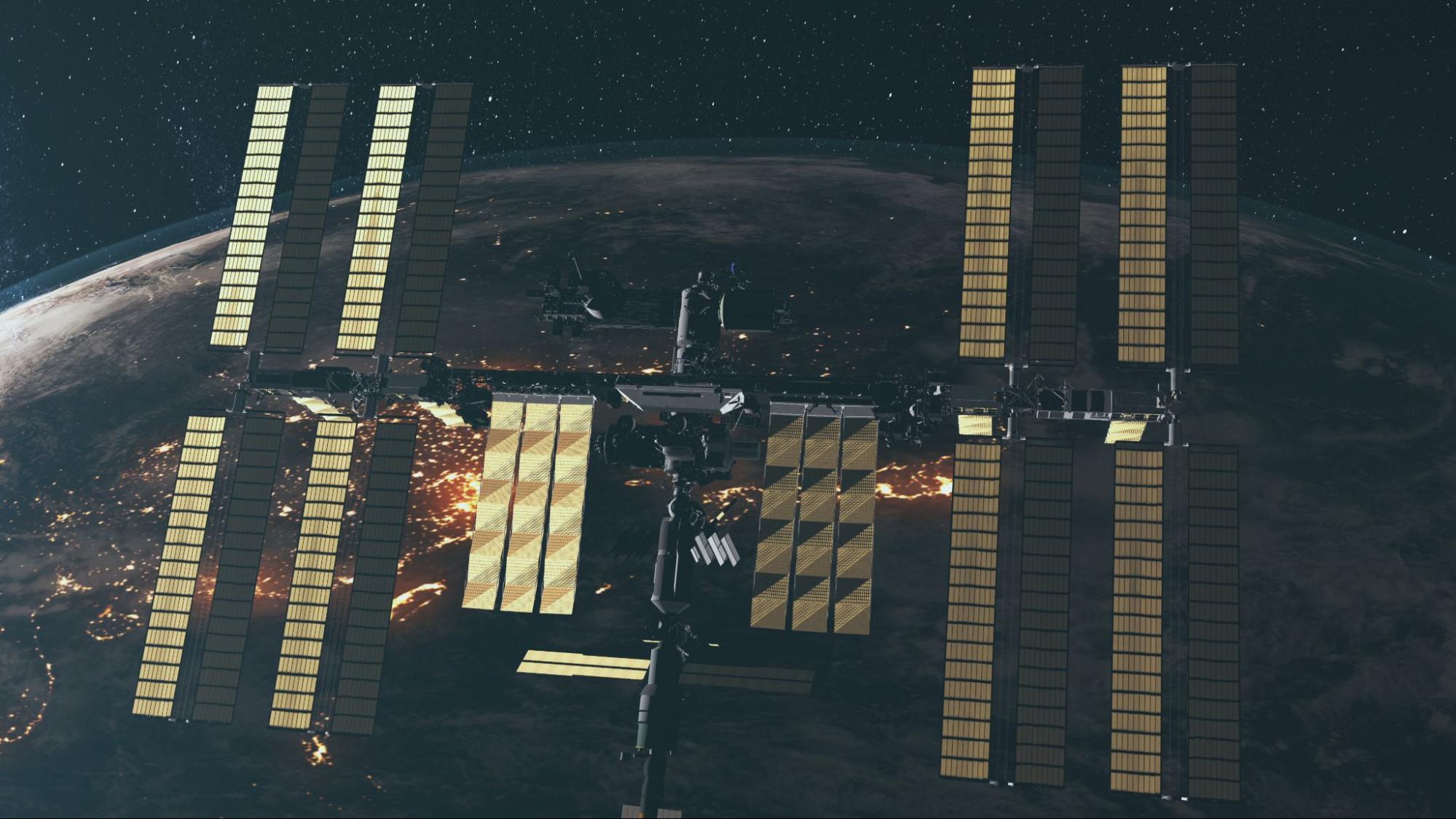3D Printing in the Space Industry: Why is it Important?

In the vast expanse of space, where every ounce counts and every resource is precious, innovation is key. Enter 3D printing. With its ability to fabricate intricate designs layer by layer, 3D printing has revolutionized industries on Earth, and now, it’s making its mark in the final frontier — the space industry.
On This Page
- Why is 3D Printing Important in the Space Industry?
- Applications of 3D Printing in the Space Industry
- Challenges and Future Prospects of 3D Printing in Space
Why is 3D Printing Important in the Space Industry?
1. Resource Efficiency in Space
Space missions require meticulous planning and consideration of every factor, especially resources. Traditional manufacturing methods often involve bringing along pre-made parts, which can be bulky and limit design flexibility. Enter 3D printing. This technology allows for on-demand manufacturing of components directly in space, reducing the need to transport heavy payloads from Earth.
2. Customization and Complexity in Space Missions
The complexity of space missions demands components tailored to specific needs. 3D printing enables the creation of intricate and customized parts that may be impossible or prohibitively expensive to produce using traditional methods. This flexibility opens up new possibilities for spacecraft design and functionality.
3. Rapid Prototyping for Space Exploration
In the fast-paced world of space exploration, rapid prototyping is essential for testing and iterating designs quickly. 3D printing accelerates this process by allowing engineers to produce prototypes on-site, reducing lead times and costs associated with traditional manufacturing.
Applications of 3D Printing in the Space Industry
1. Aerospace Components
From engine parts to satellite components, 3D printing is transforming the production of aerospace hardware. In addition to reducing weight and increasing efficiency, this technology enables the creation of complex geometries optimized for space conditions.
2. Habitat Construction
One of the most ambitious applications of 3D printing in space is habitat construction. NASA and other space agencies are exploring the feasibility of using 3D printers to build structures on celestial bodies like the Moon and Mars using local materials, a concept known as in-situ resource utilization (ISRU).
3. Tools and Spare Parts
Maintaining spacecraft and conducting repairs in space presents several challenges. 3D printing offers a solution by enabling astronauts to manufacture tools and spare parts on-demand, reducing reliance on resupply missions from Earth.
Challenges and Future Prospects of 3D Printing in Space
1. Material Limitations and Innovations
While 3D printing offers unprecedented design freedom, the range of materials suitable for space applications is still somewhat limited. Researchers are actively exploring new materials, including advanced polymers and composites, to address this challenge.
2. Quality Assurance in Space Manufacturing
Ensuring the quality and reliability of 3D-printed components is critical for space missions. Rigorous testing and certification processes are essential to mitigate the risks associated with manufacturing defects and material degradation in space environments.
3. Scaling Up 3D Printing for Large-Scale Space Projects
As 3D printing technology matures, the next frontier is scaling up production for large-scale projects such as habitat construction. Overcoming technical and logistical hurdles will be key to realizing the full potential of 3D printing in space.
3D printing is poised to revolutionize the space industry by enabling efficient, customizable, and cost-effective manufacturing solutions. From aerospace components to habitat construction, the applications of this technology are limitless. While challenges remain, ongoing research and innovation promise to unlock new possibilities for space exploration and colonization.
Looking for quality 3D printing in the Philippines? Contact us today to learn more about our products!


